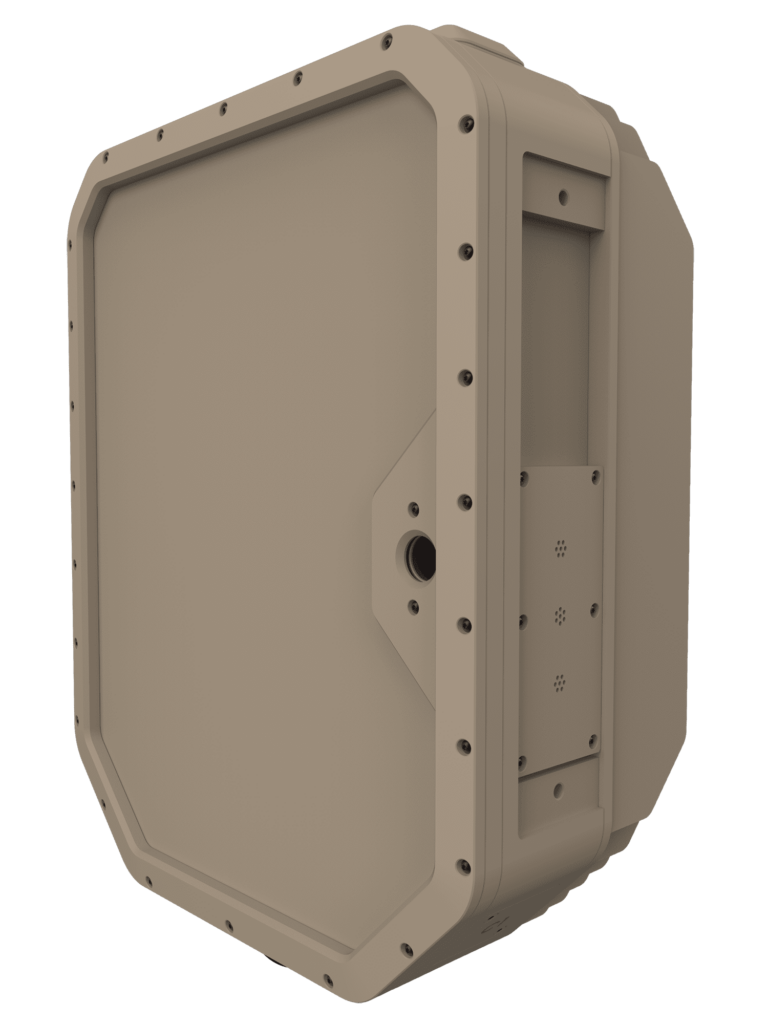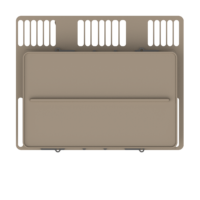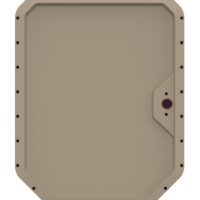Unmanned Aerial Vehicles (UAVs / UAS / Drones) present a significant threat within contemporary military and defense environments, as well as within airspace-controlled areas such as airports, correctional facilities and sports arenas. Deploying specialist radar systems tailored for drone detection has therefore become imperative within these environments.
These systems, typically referred to as Counter-Unmanned Aerial Systems (CUAS) radar, or Drone Detection Radar, utilize advanced, optimized technologies to detect and track unauthorized drones, allowing for swift and effective mitigation.
The Challenges for Conventional Radar in Detecting Drones
Since the 1930s, radar systems have been the principal means of detecting, locating, identifying and tracking aircraft in all weathers, day and night. However, many conventional air search radars are not capable of detecting drones accurately and reliably due to their low Radar Cross Section (RCS) – a measurement of how ‘visible’ a target is to a radar.
Generally speaking, the larger the object, the larger the RCS and the easier it is for a radar to detect. Drones are available in a wide variety of shapes and sizes, but it is the smallest aircraft which can create the biggest problems for radar engineers due to their low RCS – often comparable to that of a bird.
And to compound matters, drones are typically constructed from lightweight non-metallic materials like plastic or carbon fiber. These materials are poor conductors of electromagnetic RF signals and so reflect less RF energy to the radar, which effectively reduces the drone’s RCS further and makes it more difficult to detect.
Specialist Drone Detection CUAS Radar Systems
These engineering challenges have triggered a growing drone detection radar industry, with a raft of specialist suppliers developing cutting-edge radar solutions specifically optimized for drone detection applications.
Radar Technology, Processing Algorithms and AI

















